20 Authentic Turkish Lamb Mutton Dishes You Must Taste
Turkish lamb mutton dishes represent a culinary treasure trove of rich, hearty flavors that have evolved through centuries of cultural traditions.
Nomadic shepherds and settled communities across Anatolia perfected remarkable cooking techniques that transform simple ingredients into extraordinary meals.
Succulent meat from local sheep breeds provides the foundation for these beloved recipes, each telling a story of regional identity and gastronomic expertise.
Regional spices, slow-cooking methods, and generational knowledge contribute to the depth and complexity of these remarkable preparations.
Tender cuts undergo intricate marination processes that enhance natural flavors and create mouthwatering textures appealing to diverse palates.
Ancient cooking traditions blend seamlessly with contemporary culinary innovations, ensuring these dishes remain both nostalgic and exciting.
You'll find these recipes showcase the incredible versatility of lamb and mutton in Turkish cuisine.
Prepare to uncover 20 classic Turkish lamb mutton dishes that will tantalize your taste buds:
Classic Turkish Lamb & Mutton Dishes Full of Tradition
Turkish kitchens transform lamb and mutton into feasts with deep, aromatic spices and slow-cooking techniques. Each dish celebrates comfort, hospitality, and the country’s culinary heritage.
Cag Kebab
Cag kebab stands as a legendary Turkish meat dish originating from Erzurum, featuring lamb marinated intensely with onions, salt, and pepper for half a day before slow-roasting on a massive horizontal wood-fired skewer.
Skilled masters meticulously slice tender meat pieces directly from the rotating spit, creating an authentic street food experience.
Traditionally served either straight from the skewer or wrapped in warm lavash flatbread, this kebab showcases pure lamb flavor and traditional grilling techniques.
Wood fire cooking imparts a unique smoky essence to the meat, making each slice rich and succulent.
Regional spices and careful preparation elevate the lamb's natural taste, ensuring maximum tenderness.
Long marination helps tenderize the meat and enhance its flavor profile.
Regional techniques passed through generations contribute to its distinct preparation method.
Wood fire and horizontal skewer cooking make this kebab a unique Turkish culinary tradition.
Doner Kebab
Doner kebab stands as a globally celebrated street food featuring meat slowly roasted on a vertical rotisserie and shaved into thin, crispy slices.
Turkish immigrants popularized this dish in Germany during the 1970s, transforming street food culture across Europe.
Origins trace back to 18th-century Ottoman Empire cooking techniques where vertical meat grilling became a signature method.
Traditional preparations used lamb exclusively, though modern versions incorporate beef or lamb-beef combinations.
Spices like cumin, oregano, and paprika enhance the meat's rich flavor profile.
Berlin street vendors pioneered the sandwich-style presentation, wrapping grilled meat in flatbread with fresh vegetables and sauces.
Restaurants and street stalls worldwide now serve this iconic dish, reflecting its international culinary significance.
Doner kebab continues to evolve, representing a delicious cultural exchange between Turkish and global cuisines.
Adana Kebap
Adana kebap is a fiery Turkish street food featuring spicy ground lamb skewered and grilled to perfection.
Originating from Adana, this legendary kebab combines ground lamb with tail fat and intense spices like paprika and hot red pepper flakes.
Skilled grill masters carefully knead the meat mixture before threading it onto large metal skewers for an authentic cooking method.
Red-hot flames transform the meat into a deeply flavored, charred delicacy with a signature crimson color.
Traditionally, cooks serve the kebap on warm flatbreads alongside roasted peppers and tomatoes.
Fresh parsley and sliced red onions complement the rich, spicy meat.
Regional variations might include different spice blends or serving styles.
Mediterranean cuisine celebrates this robust street food as a beloved culinary treasure showcasing Turkey's grilling expertise.
Hunkar Begendi
Hunkar begendi is an elegant Ottoman-era Turkish specialty featuring tender lamb stew dramatically layered over silky roasted eggplant puree.
Royal kitchens in Istanbul originally crafted this luxurious dish for sophisticated palates during the late 19th century.
French imperial connections inspired its creation when palace chefs prepared it for Napoleon III's wife.
Roasted eggplant forms creamy base blended with milk and cheese for rich texture.
Succulent lamb stew crowns the smooth pureed foundation, creating complex flavor combinations.
Tomato-based sauce sometimes enhances the dish's visual appeal and taste profile.
Fresh parsley garnish adds final bright accent to this memorable meal.
Regional variations exist across different Turkish culinary traditions, reflecting local ingredient preferences.
Iskender Kebap
Iskender kebap stands as a legendary Turkish meat dish originating in Bursa, featuring thinly sliced lamb grilled to perfection and layered over crisp pita bread.
Butcher Iskender Efendi pioneered this culinary masterpiece in the late 19th century, transforming simple ingredients into a regional sensation.
Spicy tomato sauce cascades over tender meat, creating rich flavor profiles that excite the palate.
Melted sheep butter and cool yogurt complement the warm meat, adding textural contrast and depth.
Servers traditionally drizzle these additional ingredients tableside, enhancing the dramatic presentation.
Diners typically enjoy this robust meal with sra, a traditional beverage known for supporting digestion.
Regional restaurants throughout Turkey proudly feature this iconic dish.
Restaurants in Bursa especially celebrate Iskender kebap as their signature culinary contribution.
Kuzu Sis
Kuzu sis represents a classic Turkish grilled lamb kebab showcasing tender meat chunks marinated in yogurt, olive oil, garlic, cumin, and Turkish pepper paste.
Skewered lamb pieces alternate with fresh vegetables like mushrooms, green peppers, shallots, cherry tomatoes, and eggplants during preparation.
Skilled grill masters carefully thread meat and vegetables onto metal skewers, ensuring even cooking and maximum flavor absorption.
Traditional cooking methods involve placing skewers directly over hot charcoal, which caramelizes the meat's exterior while maintaining a juicy interior.
Each skewer creates a balanced blend of succulent lamb and charred vegetables that highlight Mediterranean grilling techniques.
Regional variations might include different spice combinations or additional vegetable selections.
Restaurant and home cooks often serve kuzu sis immediately after grilling, accompanied by rice, salad, or flatbread.
Restaurant patrons and home diners appreciate this dish as a flavorful representation of Turkish barbecue culture.
Testi Kebab
Testi kebab represents a traditional Turkish clay pot roast showcasing succulent meat and vegetables slow-cooked inside a sealed earthenware vessel in Cappadocia.
Lamb, beef, or chicken combines with tomatoes, peppers, onions, and garlic inside the ceramic pot.
Skilled chefs seal the pot with dough to lock in moisture and flavor during cooking.
Wood-fired ovens or hot coals provide gentle heat that transforms raw ingredients into a tender, aromatic meal.
Steam circulates within the sealed container, ensuring each ingredient absorbs rich, complex spices.
Restaurant servers often dramatically crack open the clay pot tableside, releasing enticing aromas.
Regional spices and careful preparation distinguish this unique cooking method from standard roasting techniques.
Authentic testi kebab requires precise temperature control and traditional clay pot craftsmanship.
Cop Sis
Cop sis are flavorful lamb kebabs crafted from meat trimmings in Turkey's Aegean region, transforming seemingly discarded cuts into a culinary treasure.
Butchers gather small lamb scraps and fat, marinating them in a robust blend of olive oil, oregano, and black pepper.
Garlic and tomatoes enhance the meat's natural richness before skilled grill masters thread pieces onto wooden skewers.
Traditional preparation involves quick roasting over high heat to develop a crispy exterior and tender interior.
Regional cooks take pride in this resourceful dish that wastes nothing from the lamb.
Street vendors and home kitchens alike embrace cop sis as a testament to Turkish grilling techniques.
Locals enjoy these savory kebabs with fresh bread and sharp pickles.
Istanbul and Aegean restaurants frequently feature this humble yet delicious street food on their menus.
Alinazik Kebab
Alinazik represents a smoky, mouthwatering Turkish kebab specialty from Gaziantep featuring char-grilled eggplants pureed and blended with garlicky yogurt sauce.
Lamb chunks stewed with onions, red pepper paste, and tomatoes crown the creamy eggplant base.
Coal-fire roasting gives the eggplants their signature intense smoky flavor, which defines this regional dish's unique character.
Tender meat melts into the smooth yogurt-eggplant mixture, creating a rich and complex taste profile.
Traditional preparation requires careful roasting of vegetables and slow-cooking of lamb.
Side dishes typically include rice pilaf or grilled vegetables that complement the kebab's robust flavors.
Regional cooking techniques ensure each ingredient maintains its distinct essence.
Gaziantep chefs consider this dish a testament to their culinary heritage.
Beyti Kebab
Beyti kebab is a legendary Istanbul street food featuring spice-infused ground meat wrapped in buttery lavash and served with rich tomato sauce.
Originating from Turkish cuisine, this kebab combines grilled lamb or beef mixed with onions, eggs, garlic, and aromatic spices like cumin and paprika.
Skilled chefs carefully grill the seasoned meat on skewers before wrapping it in thin lavash bread brushed with melted butter.
Each roll is then sliced diagonally and generously topped with a warm tomato and butter sauce.
Traditional preparation includes serving tangy yogurt alongside or directly on the kebab.
Restaurant patrons enjoy this dish as a complete meal that balances savory meat with soft bread and zesty sauce.
Regional variations might include different meat blends or additional spice combinations, making each beyti kebab a unique culinary experience.
Kuzu Kapama
Kuzu kapama are succulent lamb cuts braised with fresh greens in a rich Turkish stew that highlights mountain herbs and slow-cooking techniques.
Mediterranean shepherds developed this hearty dish using tender lamb legs or shins simmered with aromatic scallions and parsley.
Local regions customize kuzu kapama by adding potatoes, dill, garlic, and tomato paste to enhance depth of flavor.
Mountain thyme and butter contribute additional layers of richness to the meat during preparation.
Lamb slowly cooks nestled among lettuce or swiss chard leaves until incredibly soft and infused with herb essences.
Traditional preparation involves covering the meat completely with green leaves, which explains its name meaning "covered lamb" in Turkish.
Rural families pass down generations-old recipes for this comforting winter meal.
Shepherds originally created kuzu kapama as a nourishing one-pot meal during long herding seasons.
Kebab In Parchment Paper (Kagt Kebab)
Kağıt kebab is a signature Turkish meat dish wrapped and baked in parchment paper, originating from Antakya's rich culinary landscape.
Small cuts of beef or lamb marinate with olive oil, salt, and pepper before being layered with fresh vegetables like tomatoes, potatoes, carrots, and bell peppers.
Slow-baking inside parchment paper helps seal in natural juices and intensify flavors, creating a uniquely tender and aromatic meal.
Regional cooks carefully prepare this dish by arranging ingredients precisely within the paper, ensuring even cooking and maximum taste absorption.
Steam generated during baking keeps meat moist and vegetables perfectly cooked.
Each serving typically includes the opened parchment paper, allowing diners to experience the full sensory presentation.
Traditional preparation methods have been passed through generations in southeastern Turkey.
Regional restaurants and home kitchens continue to celebrate this distinctive cooking technique that transforms simple ingredients into an extraordinary dining experience.
Kadnbudu Kofte
Kadinbudu kofte reveals Turkey's playful culinary creativity through a unique meatball shaped like a woman's thigh during Ottoman times.
Ground beef or lamb blends with rice, onions, and aromatic spices to create these crispy, golden-brown delicacies.
Eggs help bind the meat mixture, while flour and oil ensure a perfectly crisp exterior when fried.
Turkish households traditionally prepare these kofte as a satisfying meal that showcases regional cooking techniques.
Regional variations might include different spice combinations or slight ingredient adjustments.
Street vendors and home cooks across Turkey enjoy serving this nostalgic dish.
Families often pass down specific recipes through generations.
Simple ingredients transform into a memorable meal that connects modern diners with historical Ottoman cuisine.
Islim Kebab
Islim kebab embodies Turkish culinary artistry through its elegant meat-filled eggplant parcels that transform simple ingredients into a sophisticated meal.
Originating in Ottoman cuisine, this traditional dish features tender lamb or beef carefully wrapped in thin eggplant slices and secured with a toothpick.
Chefs prepare the meat as juicy chunks or seasoned ground kofte, ensuring rich flavor in every bite.
Robust tomato sauce bathes the parcels during baking, infusing additional depth and moisture.
Green peppers and fresh tomato slices crown each package before serving, adding color and brightness.
Baking creates a harmonious blend of smoky eggplant and succulent meat that melts in your mouth.
Regional variations might include different spice combinations or meat selections.
Mediterranean restaurants and home kitchens across Turkey continue to celebrate this classic kebab as a beloved national specialty.
Ankara Tava
Ankara tava are robust lamb-based skillet dishes from Turkey's capital that blend hearty meat with pasta in a rich tomato-based sauce.
Regional Ankara kitchens craft this traditional meal by searing cubed lamb until water evaporates, creating intensely concentrated meat flavor.
Chefs carefully season meat and vegetables with cumin, black pepper, and garlic for deep, complex taste profiles.
Orzo pasta absorbs the savory tomato sauce during careful cooking, ensuring each bite carries maximum flavor.
Hot peppers add subtle heat and complexity to the dish's overall character.
Onions and tomatoes contribute additional depth and richness to the sauce.
Oil helps develop caramelized notes during cooking.
Small pasta pieces mingle perfectly with tender meat chunks, creating a satisfying one-pot meal that represents Turkey's central Anatolian cuisine.
Keskek
Keskek stands as a hearty Turkish ceremonial feast blending tender lamb or chicken with wheat or barley in a richly spiced stew.
Regional celebrations often feature this traditional dish during weddings and religious festivals.
Wheat or barley gets slowly cooked and mashed into a smooth base that absorbs savory meat broth.
Cooks carefully layer the creamy grains in deep bowls, topping them with succulent meat pieces.
Melted butter and red pepper flakes create a zesty sauce drizzled over the entire dish.
Families gather around steaming keskek, sharing this generations-old culinary tradition.
Ancient cooking methods preserve its authentic preparation style.
Central Anatolian regions particularly cherish this time-honored meal as a symbol of community and shared experience.
Buryan Kebab
Buryan kebab is a traditional Turkish meat preparation involving whole goat or lamb slow-cooked underground in a specially designed pit.
Wood fire creates intense heat that gently steams and roasts the meat through a unique cooking method sealed with mud or ash.
Originating from Eastern Anatolia, this dish specifically comes from two regions: Bitlis and Siirt provinces.
Skilled local cooks dig deep wells and carefully lower entire animal carcasses into the pit.
Intense temperatures ensure meat becomes incredibly tender and develops rich, smoky flavors.
Regional variations distinguish between Bitlis and Siirt styles of preparation.
Cooking process requires precision and expertise passed through generations.
Typically served with rice, flatbread, and grilled vegetables, buryan kebab represents a remarkable culinary tradition deeply rooted in Turkish culture.
Haslama
Haslama represents a robust Turkish lamb stew boasting tender meat slow-cooked with hearty root vegetables in a creamy, tangy sauce.
Lamb becomes incredibly soft after extended boiling, releasing rich flavors throughout the broth.
Mediterranean culinary traditions highlight this protein-packed one-pot meal as a nourishing winter comfort food.
Carrots, potatoes, celery, and onions create a substantial vegetable base that complements the meat's deep taste.
Butter and flour form a classic roux that thickens the sauce and adds luxurious texture.
Lemon juice provides bright acidity while egg yolks contribute silky smoothness to the final preparation.
Traditional Turkish families often serve haslama during cold seasons as a warming meal.
Regional variations might include different herb combinations or additional spices to enhance the stew's complexity.
Orman Kebab
Orman kebab delivers a rustic forest-inspired meat dish from Bolu, Turkey, combining tender lamb or beef cubes with hearty vegetables in a rich, savory preparation.
Mountain regions inspired this traditional one-pot meal, where meat gets rolled in flour and carefully browned before slow-cooking with carrots, potatoes, onions, and peas.
Butter and olive oil create a smooth base that enhances the meat's natural flavors and helps develop a deep, caramelized texture.
Thyme adds an earthy aroma that complements the robust protein, while tomato paste provides subtle sweetness and depth to the overall profile.
Fresh ingredients get layered methodically, allowing each component to meld seamlessly during cooking.
Rural Turkish cuisine celebrates this simple yet flavorful dish as a testament to regional cooking techniques.
Regional cooks typically serve orman kebab hot, straight from the pot, with crusty bread to soak up the delicious gravy.
Sevketibostan Yemegi
Sevketibostan yemegi emerges as a rustic Turkish delicacy celebrating wild golden thistle, transforming this prickly mountain herb into a tender, aromatic vegetable dish beloved across Aegean and Mediterranean regions.
Mountain communities harvest sevketibostan's delicate stems and roots during spring, carefully cleaning and preparing them with olive oil, onions, and minimal seasoning.
Regional cooks typically simmer the herb slowly, allowing its natural bitter undertones to mellow into a complex, earthy flavor profile.
Mediterranean kitchens often pair this dish with yogurt or serve it as a warm side accompaniment to grilled meats.
Farmers consider the wild thistle a nutritious seasonal ingredient packed with minerals and subtle green notes.
Olive oil, salt, and sometimes garlic enhance the herb's natural taste without overwhelming its distinctive character.
Traditional preparation involves gentle cooking to preserve the ingredient's tender texture and nuanced flavors.
How Do Turkish Cooking Methods Like Slow Roasting, Grilling, and Tandoor-Style Baking Enhance Lamb and Mutton’s Flavor?
Turkish cuisine employs several traditional cooking methods that deeply enhance the natural flavors and textures of lamb and mutton:
These techniques highlight lamb’s natural richness and showcase the layered spices and marinades typical of Turkish flavors.
What Are the Most Common Vegetables Paired With Turkish Lamb and Mutton Dishes?
Turkish lamb and mutton dishes are traditionally accompanied by a variety of fresh and cooked vegetables that complement the meat’s robust flavor:
These vegetables not only complement the flavors of lamb and mutton but also bring balance, color, and nutritional richness to Turkish meals.

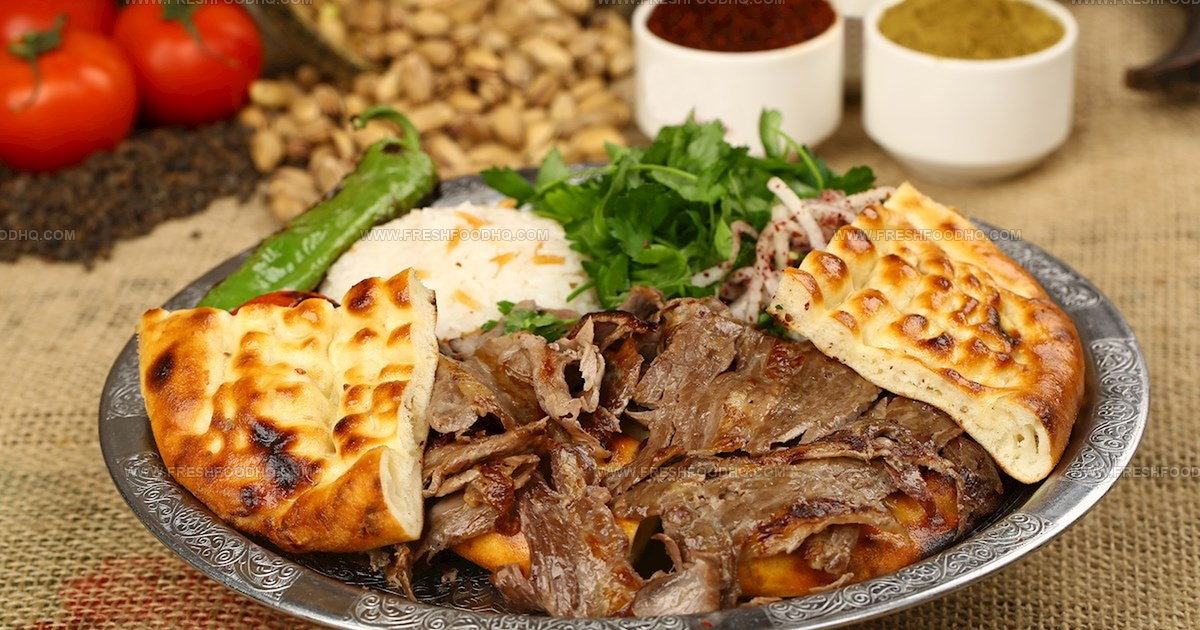
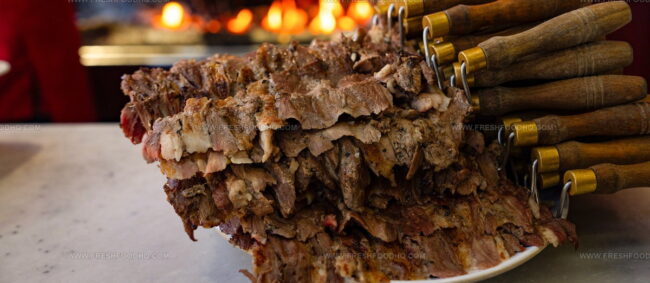
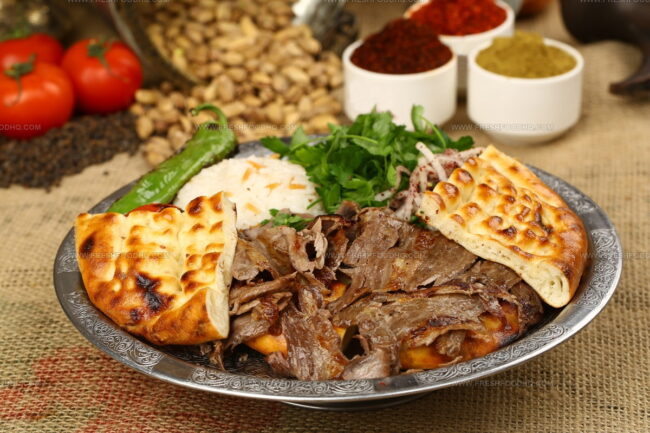
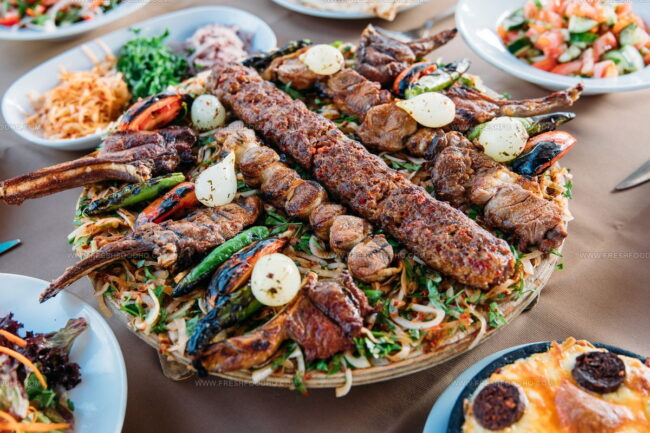
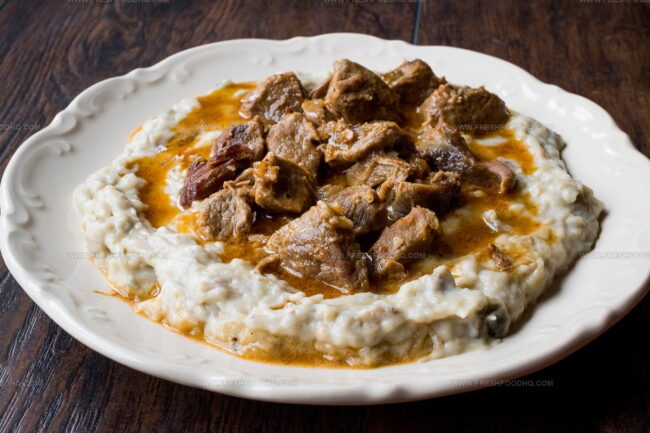
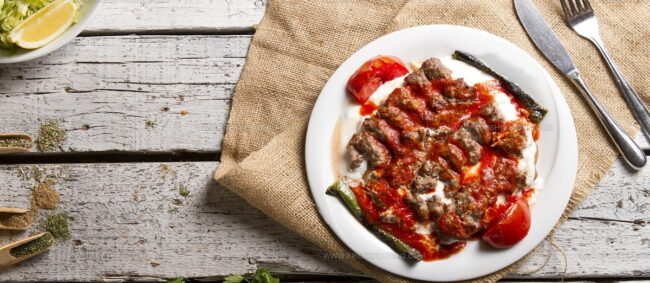
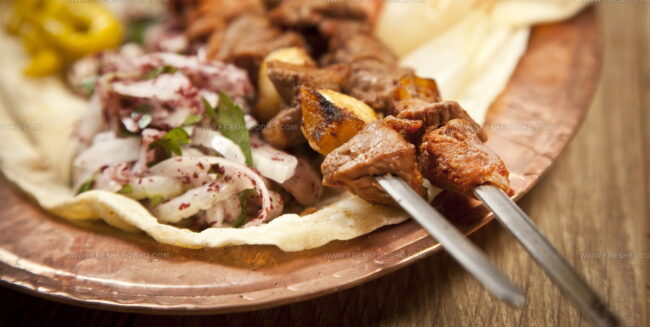
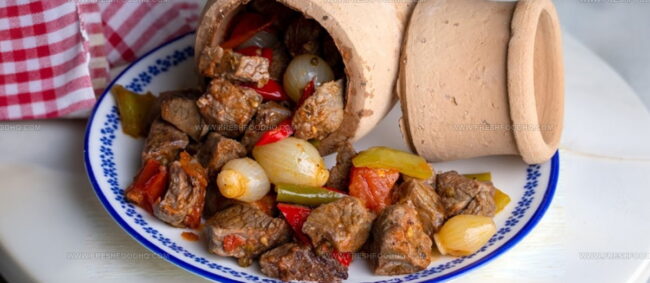
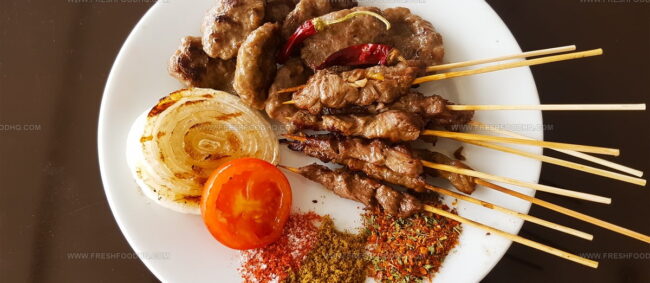
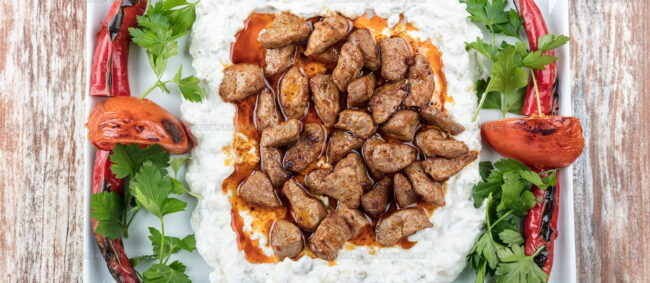
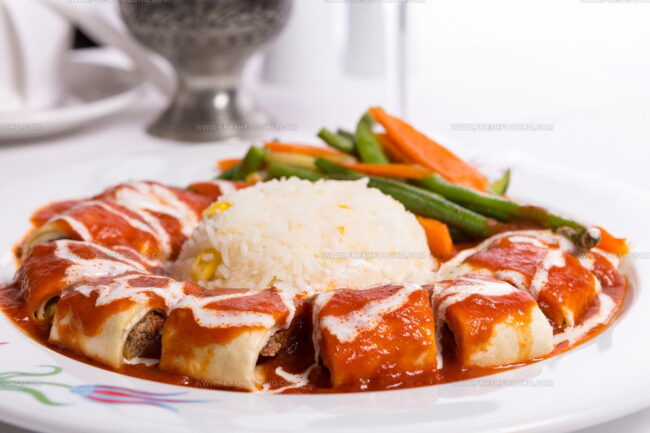
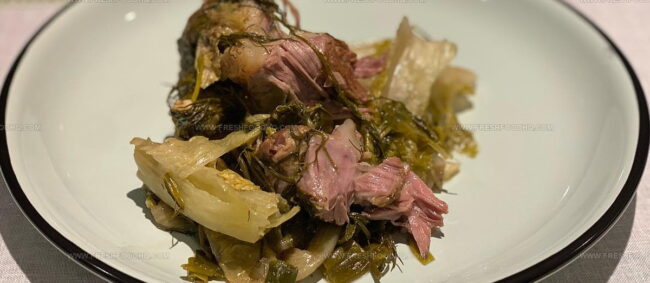
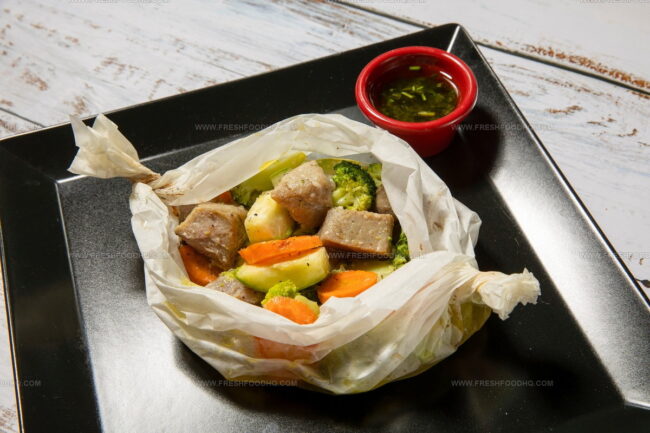
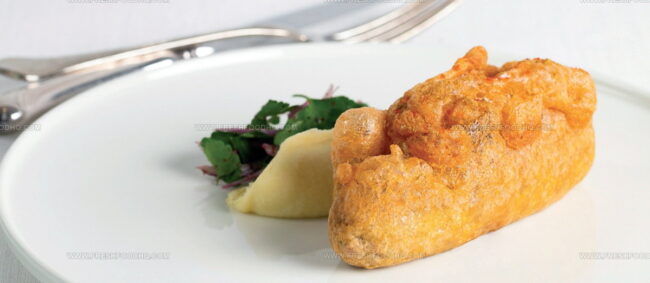
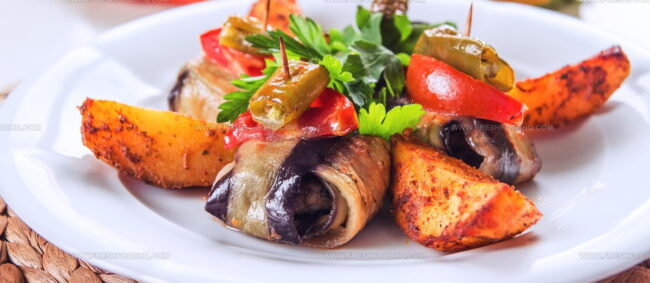
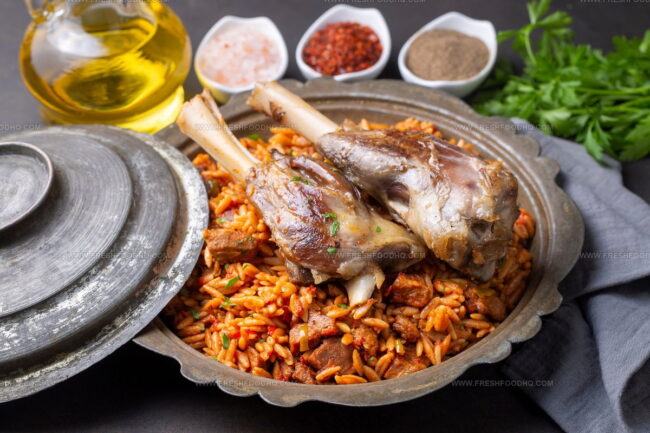
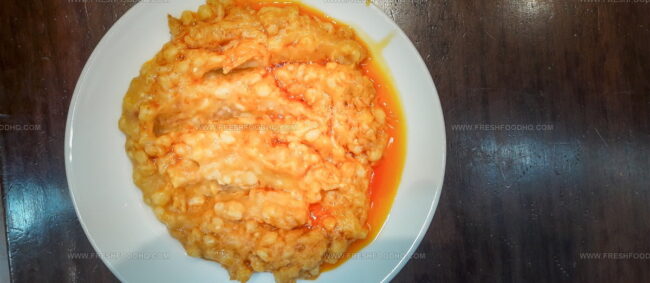
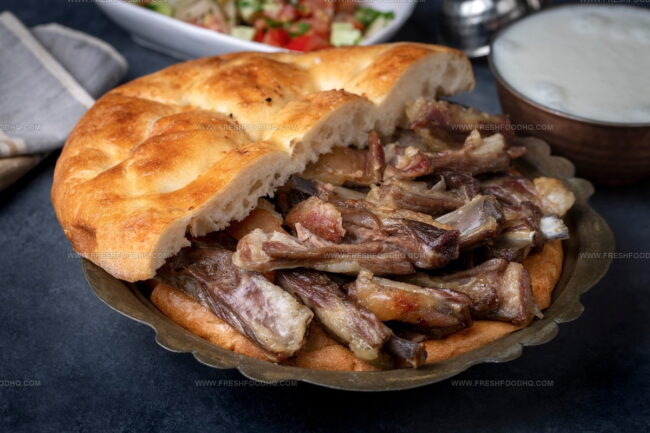
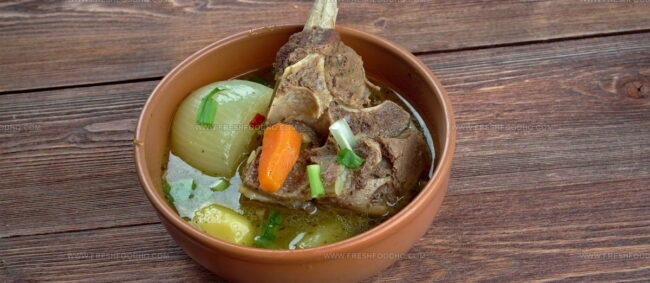
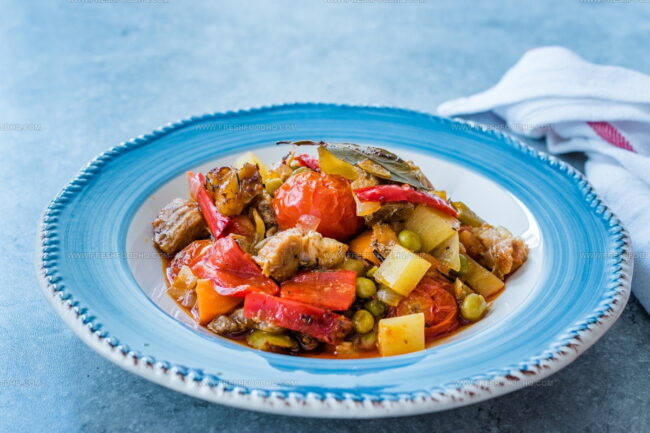
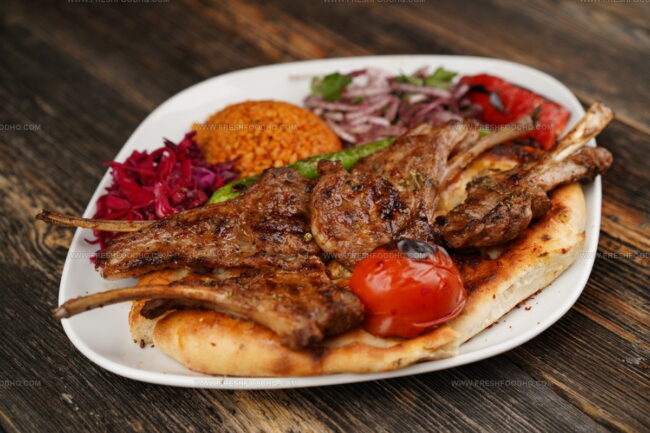
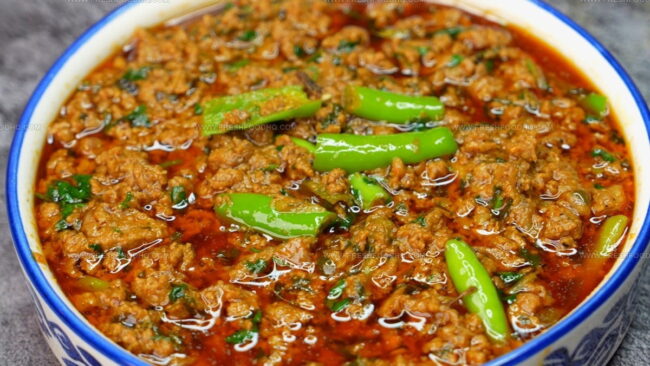
Ethan Caldwell
Founder & Culinary Innovator
Expertise
Farm-to-table cooking, Seasonal recipe creation, Culinary storytelling, Food photography and styling
Education
The Chef’s Academy (Indianapolis, IN)
Ethan didn’t just fall in love with food, he grew into it, surrounded by fields, farmers’ markets, and family meals that told a story.
After sharpening his skills at The Chef’s Academy, he took his passion straight into the farm-to-table movement, working side-by-side with local growers and seasonal flavors.
He believes every recipe should feel like a walk through a summer market: colorful, fresh, and full of possibility.
Outside the kitchen, Ethan’s idea of a perfect day is hiking mountain trails, digging into heirloom vegetables, and hosting casual dinners where seconds are always encouraged.